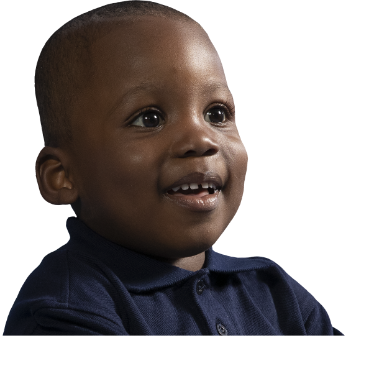
Attribution
Kitchen Sink
Image with Text component
Primarily used for the hero image on Basic Pages.
Single Column Content
Heading 2
Heading 3
Heading 4
Heading 5
Duchenne is a rare disease with symptoms that can look like other, more common conditions, especially in the early stages. For these reasons, the path to diagnosis can often be prolonged and frustrating. Understanding how Duchenne is diagnosed may help you recognize the signs early so that you can raise these concerns to your doctor.
- Bullets
- Bullets
- Numbered Lists
- Numbered Lists

Content with Image
Content with Image
Many people with Duchenne have a genetic mutation in which one or more exons (a portion of a gene) in the dystrophin gene are missing.The dystrophin gene is the largest gene in the body and is made up of 79 exons that are linked together to form the instructions for making dystrophin. Most commonly, Duchenne is caused by a genetic mutation in which one or more exons are missing.
Accordion
Here is the content inside of the accordion item that is listed above.
Here is the content that goes in the second accordion item that is on the page.
Pull Quote
Pull Quote - Duchenne is a rare disease with symptoms that can look like other, more common conditions, especially in the early stages. For these reasons, the path to diagnosis can often be prolonged and frustrating. Understanding how Duchenne is diagnosed may help you recognize the signs early so that you can raise these concerns to your doctor.
Fancy List
Many people with Duchenne have a genetic mutation in which one or more exons (a portion of a gene) in the dystrophin gene are missing. The dystrophin gene is the largest gene in the body and is made up of 79 exons that are linked together to form the instructions for making dystrophin. Most commonly, Duchenne is caused by a genetic mutation in which one or more exons are missing.
The dystrophin gene is the largest gene in the body and is made up of 79 exons that are linked together to form the instructions for making dystrophin.
Most commonly, Duchenne is caused by a genetic mutation in which one or more exons are missing.
Image Grid
Timeline
The figure shows clinical and muscle signs that may occur at various ages. Note that Duchenne progression varies greatly from person to person. The age ranges shown are approximate and each child may progress differently.
0 to 4 years
- Progressive muscle weakness
- Enlarged calves
- Toe walking
- Standing-from-supine difficulty
- Fat accumulation in muscle
5 to 7 years
- Progressive muscle weakness
- Enlarged calves
- Toe walking
- Standing-from-supine difficulty
- Fat accumulation in muscle
8 to 11 years
- Motor milestone delays
- Decreased walking ability
- Part-time wheelchair use







